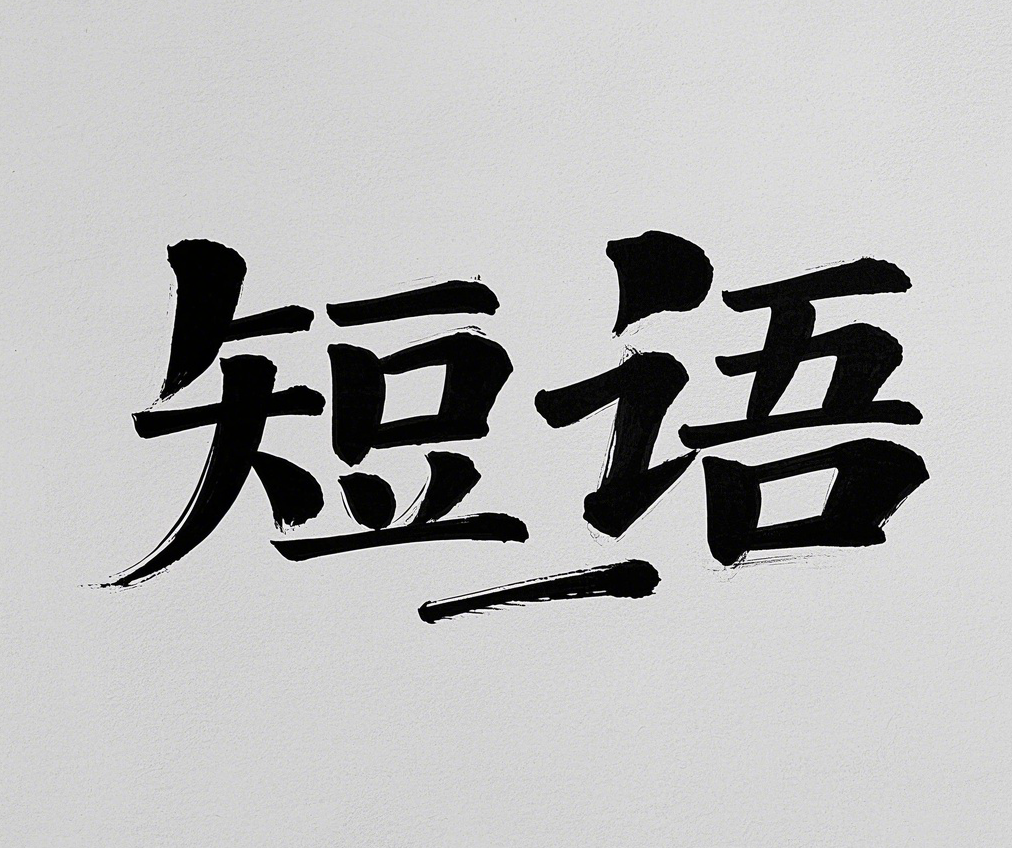target cost; object cost; standard cost
简明释义
目标成本
英英释义
例句
1.The object cost 目标成本 for this project was determined based on market research and competitor analysis.
该项目的目标成本 目标成本是基于市场调研和竞争对手分析确定的。
2.If the actual cost exceeds the target cost 目标成本, we need to rethink our pricing strategy.
如果实际成本超过目标成本 目标成本,我们需要重新考虑我们的定价策略。
3.Comparing the standard cost 标准成本 with the actual costs helps in budgeting for future projects.
将标准成本 标准成本与实际成本进行比较有助于为未来项目制定预算。
4.To ensure profitability, the company set a target cost 目标成本 for the new product launch.
为了确保盈利,公司为新产品发布设定了一个目标成本 目标成本。
5.The finance team regularly reviews the standard cost 标准成本 to identify any discrepancies in production.
财务团队定期审查标准成本 标准成本,以识别生产中的任何差异。
作文
In today's competitive business environment, understanding various cost management strategies is crucial for the success of any organization. Among these strategies, the concepts of target cost (目标成本), object cost (对象成本), and standard cost (标准成本) play a significant role in guiding businesses towards achieving their financial objectives. This essay aims to explore these three key concepts, their definitions, and their importance in cost management.Firstly, target cost refers to the desired cost that a company aims to achieve for a product or service, based on the market price and the desired profit margin. It is a proactive approach to cost management, where companies set a target cost before the production process begins. By determining the target cost early on, businesses can work backwards to identify necessary cost reductions and efficiencies that need to be implemented during the design and manufacturing stages. This method encourages innovation and helps organizations remain competitive in the market.Secondly, object cost is a term used to describe the total cost associated with a specific object or project. This includes direct costs, such as materials and labor, as well as indirect costs, such as overhead expenses. Understanding object cost is essential for businesses to accurately assess the profitability of individual projects or products. By analyzing the object cost, companies can make informed decisions about pricing, resource allocation, and overall project viability.Lastly, standard cost is a predetermined estimate of the expected costs for producing a product or providing a service under normal operating conditions. It serves as a benchmark against which actual performance can be measured. The use of standard cost helps businesses identify variances between expected and actual costs, allowing for timely corrective actions. This concept is particularly useful in budgeting and financial forecasting, as it provides a framework for evaluating operational efficiency and cost control.The integration of these three cost management concepts—target cost, object cost, and standard cost—is vital for effective financial planning and decision-making. For instance, when a company sets its target cost, it must also consider the object cost of each component involved in the production process. By doing so, businesses can ensure that they are not only meeting their cost targets but also maintaining quality and profitability.Moreover, the analysis of standard cost can provide valuable insights into areas where cost savings can be achieved. If actual costs exceed standard cost, it may indicate inefficiencies in the production process or unexpected expenses that need to be addressed. Conversely, if costs are lower than the standard cost, it could signal opportunities for increased profit margins or potential reinvestment in other areas of the business.In conclusion, the concepts of target cost, object cost, and standard cost are interconnected elements of cost management that help organizations navigate the complexities of financial planning. By understanding and applying these principles, businesses can enhance their operational efficiency, improve profitability, and achieve long-term success in an increasingly competitive marketplace.
相关单词
